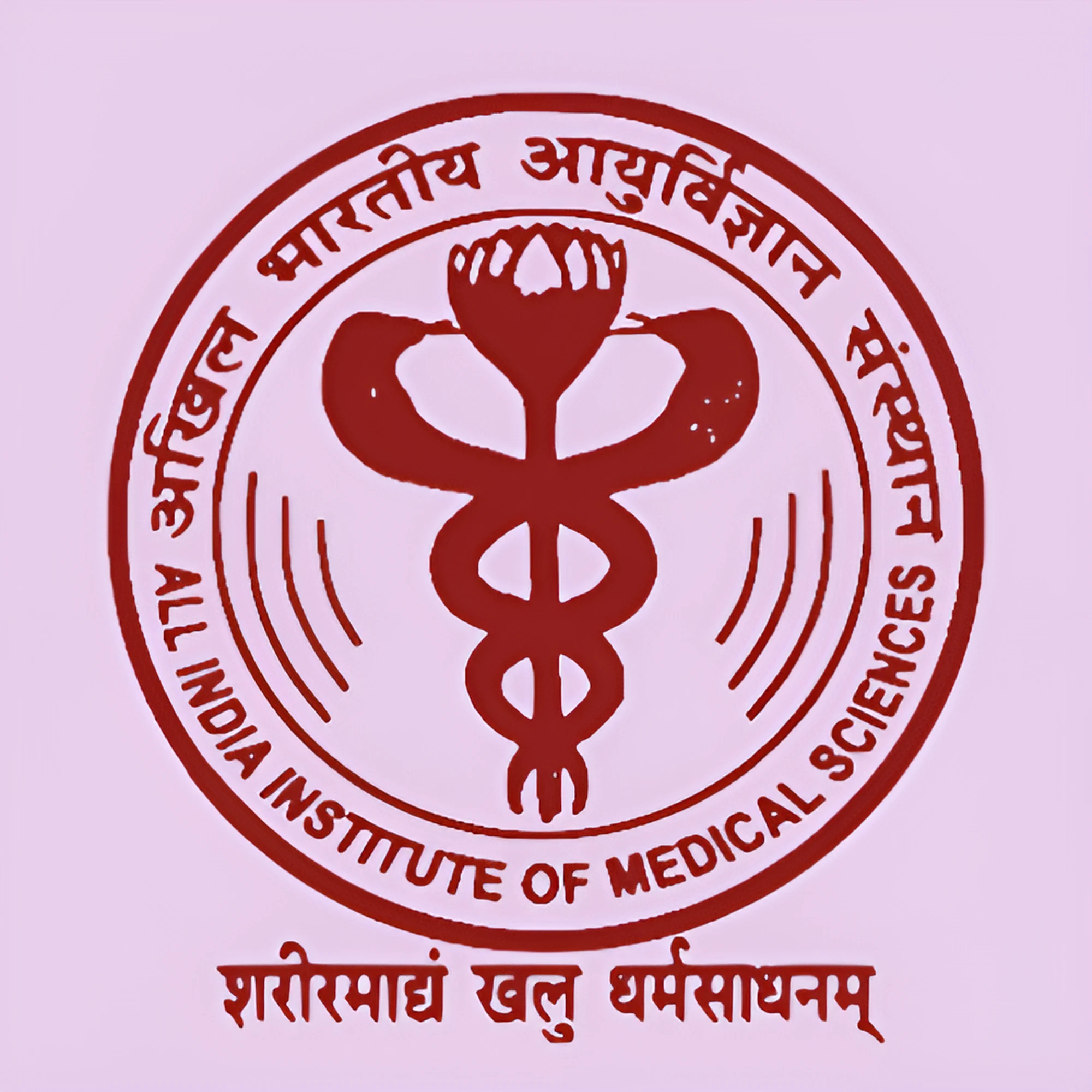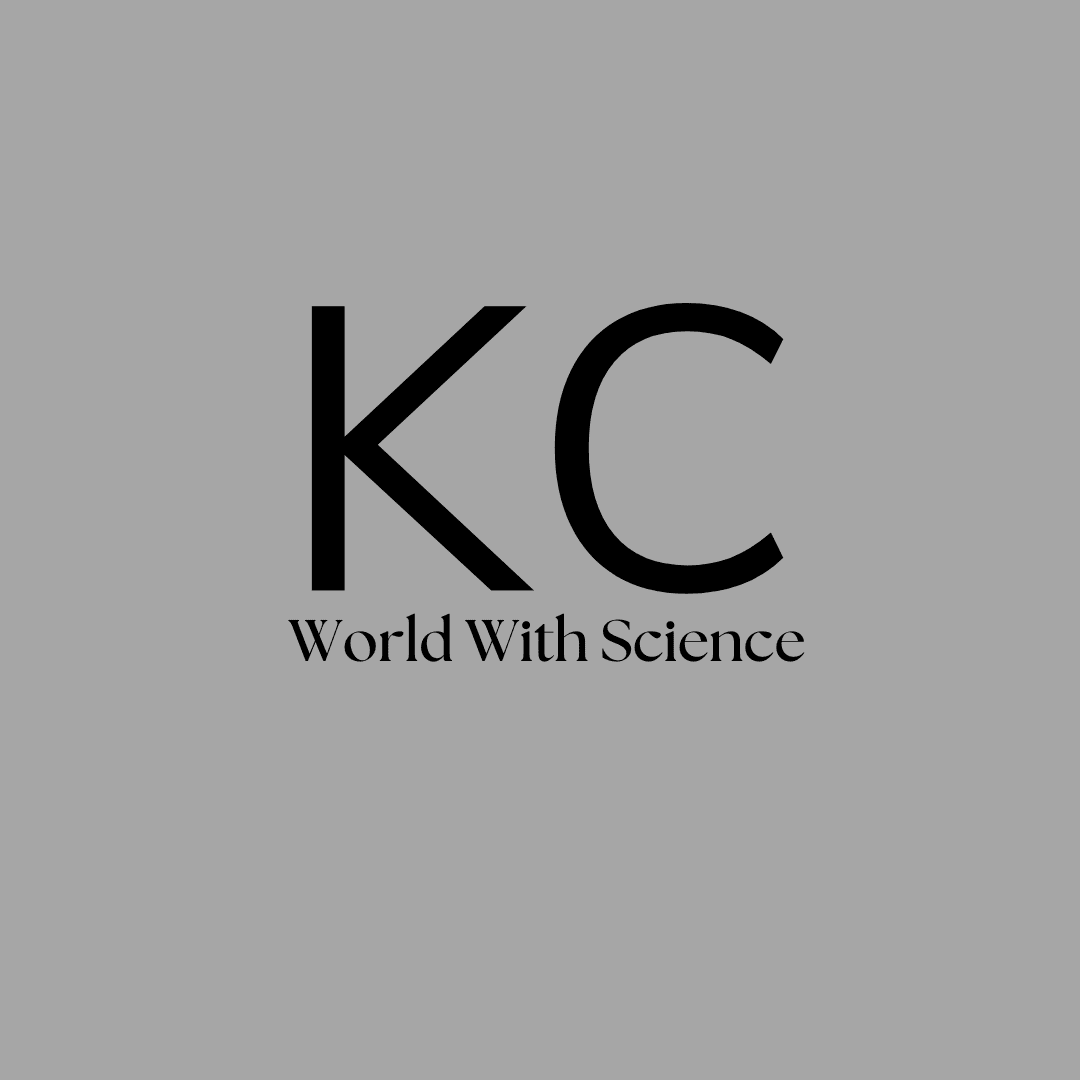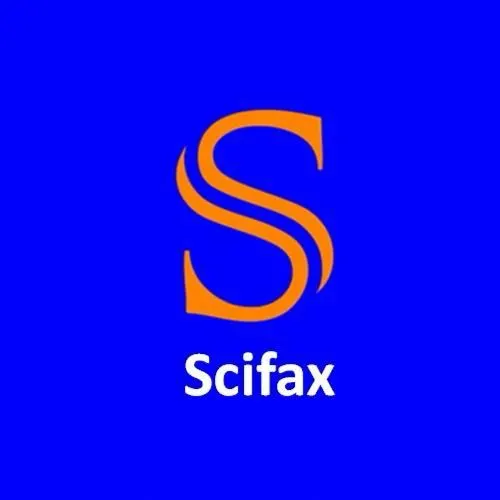International Research Awards on
Network Science & Graph Analytics

About the Event
About the Award
Network Science and Graph Analytics are rapidly growing fields that study the structure, behaviour, and dynamics of complex networks, including social networks, biological networks, transportation networks, and more. International research awards in Network Science and Graph Analytics aim to recognize and honour outstanding contributions to these fields, and to promote innovation and excellence in research. These awards are typically presented by professional societies, academic organizations, and industry associations that are focused on Network Science and Graph Analytics. Some of these awards are specifically aimed at recognizing early career researchers, while others honour lifetime achievements in the field. Nominees for these awards are evaluated based on their research contributions, scientific impact, and the quality and relevance of their work. The awards often include a cash prize, a certificate, and an invitation to give a keynote speech or present their research at a conference or workshop. They provide researchers with international recognition and prestige, which can enhance their career prospects and encourage further research in the field.
International research awards in Network Science and Graph Analytics serve as a platform for bringing together researchers, practitioners, and industry experts from around the world to share knowledge, exchange ideas, and foster collaborations. They play a crucial role in advancing the field by encouraging innovation, promoting interdisciplinary research, and recognizing the most impactful contributions to the field.
What does the award include
The profile of the award winners of each category be listed on our website and it will be maintained forever.
The certificate, medal, and Memento, and photographs will be a testimony. Further, this recognition and additional proof of hard work and achievements must be globally accessible for Researchers and hence will be available online 24/7.
It’s an indicator of success Enhances the reputation improves the benchmark –it’s a matter of pride – Motivation – Raises the visibility of the success.
Researcher Awards
Researcher Awards
Young Scientist Award: This Awarded to researchers who are in the early stage of their career for outstanding research in their field. This award is bestowed in the motive of identifying and recognizing the young Researchers around the world who have the potential to become leaders n their field. The qualification of the nominee must be recognized and documented by corresponding successes in research contributions, such as Collaborations and Publications. Eligibility: An working professional can nominate for the Award. Research grants for medical students also awarded as scientist awards. He must be below 35 years of age as of the conference date.
Best Researcher Award: This Awarded to the Best researcher in any field for their significant contribution to the advancement in their field of expertise. The qualification of the nominee must be recognized and documented by corresponding successes in research contributions, such as Collaborations, Contracts, and Publications. Eligibility: An working professional can nominate for the Award. There is no age limit for Best Researcher Award category.
Outstanding Scientist Award: Exceptional research record of significant contribution to the institute/company. The qualification of the nominee must be recognized and documented by corresponding successes in research contributions, such as Grants, Patents, Collaborations, Contracts, books, and Publications. Eligibility: An working professional can nominate for the Award. He must be above 40 years of age as of the conference date.
Lifetime Achievement Award: This awards an Exceptional research record of significant contribution to the institute/company. The qualification of the nominee must be recognized and documented by corresponding successes in research contributions, such as Grants, Patents, Collaborations, Contracts, books, and Publications. Eligibility: An working professional can nominate for the Award. He must be above 40 years of age as of the conference date.
Women Researcher Award: Awarded to the Best women researcher in any field for their significant contribution to the advancement in their field of expertise. The qualification of the nominee must be recognized and documented by corresponding successes in research contributions, such as Collaborations, Contracts, and Publications. Eligibility: An working professional can nominate for the Award.
Best Innovation Award: This Awarded to researchers/institutes/Organizations who are in the early stage of their careers for outstanding innovation in their field. This award is bestowed with the motive of identifying and recognizing the Researchers/institutes/organizations around the world who have the potential to become leaders n their field. The qualification of the nominee must be recognized and documented by corresponding successes in research contributions, such as Collaborations and Publications. Eligibility: A working professional/ Institute/ Organization can nominate for the Award.
Best Faculty Award: This Awarded to the Best Faculty in any field for their significant contribution to the advancement in their field of expertise. The qualification of the nominee must be recognized and documented by corresponding successes in research/ Academic contributions, such as Collaborations, Contracts, and Publications. Eligibility: A working professional can nominate for the Award.
Best Scholar Award: This Awarded to Scholar/ Student who are in the early stage of their career for outstanding research in their field. This award is bestowed in the motive of identifying and recognizing the young Researchers scholar/ Student around the world who have the potential to become leaders n their field. The qualification of the nominee must be recognized and documented by corresponding successes in research contributions, such as Publications. Eligibility: A scholar can nominate for the Award.
Institute/ Organization Awards
Institute/ Organization Awards:
Excellence in Innovation: This Awarded to Institute/ Organization/ Business/ Industries who are in the early stage of their career for outstanding innovation in their field. This award is bestowed in the motive of identifying and recognizing the Institute/ Organization/ Business/ Industries around the world who have the potential to become leaders n their field. The qualification of the nominee must be recognized and documented by corresponding successes in innovation contribution, such as Innovation, Patent, Entrepreneurship, and New project development. Eligibility: A Institute /Organization/ Industries can nominate for the Award.
Excellence in Research: This Awarded to Institute/ Organization/ Business/ Industries who are in the early stage of their career for outstanding research in their field. This award is bestowed in the motive of identifying and recognizing the Institute/ Organization/ Business/ Industries around the world who have the potential to become leaders n their field. The qualification of the nominee must be recognized and documented by corresponding successes in research contribution, such as publication, research Grants, Research & developments, Entrepreneurship development. Eligibility: A Institute /Organization/ Industries can nominate for the Award.
Excellence Award (Any Scientific field): This Awarded to Institute/ Organization/ Business/ Industries who are in the early stage of their career for outstanding excellence in their field. This award is bestowed in the motive of identifying and recognizing the Institute/ Organization/ Business/ Industries around the world who have the potential to become leaders n their field. The qualification of the nominee must be recognized and documented by corresponding successes in their field contribution, such as Advancement, newTechnology, and Development. Eligibility: A Institute /Organization/ Industries can nominate for the Award.
Best Research /Innovation Extension activity: This Awarded to Institute/ Organization/ Business/ Industries who are in the early stage of their career for outstanding Research/ innovation in their field. This award is bestowed in the motive of identifying and recognizing the Institute/ Organization/ Business/ Industries around the world who have the potential to become leaders in their field. The qualification of the nominee must be recognized and documented by corresponding successes in their field contribution, such as Extension, Public useful innovation /Research Activities, Innovative services, Awareness programs, and new Technology awareness Development. Eligibility: An Institute /Organization/ Industries can nominate for the Award.
Date and Location
International Research Award on Network Science and Graph Analytics Sciencefather group
33rd Edition of Network Science Award 29-30 December 2025 | Dubai, United Arab Emirates
34th Edition of Network Science Award 26–27 January 2026 | Bangkok, Thailand
35th Edition of Network Science Award 27-28 February 2026 | Singapore, Singapore
36th Edition of Network Science Award 27-28 March 2026 | Tokyo, Japan
37th Edition of Network Science Award 29-30 April 2026 | Rome, Italy
38th Edition of Network Science Award 26-27 May 2026 | Kuala Lumpur, Malaysia
39th Edition of Network Science Award 28-29 June 2026 | Paris, France
40th Edition of Network Science Award 29-30 July 2026 | London, United Kingdom
41st Edition of Network Science Award 27-28 August 2026 | Sydney, Australia
42nd Edition of Network Science Award 26-27 September 2026 | Ho Chi Minh City, Vietnam
43rd Edition of Network Science Award 28-29 October 2026 | Istanbul, Turkey
44th Edition of Network Science Award 29-30 November 2026 | Dubai, United Arab Emirates
45th Edition of Network Science Award 26-27 December 2026 | Los Angeles, USA
How to Apply
How to Apply
The Candidates with eligibility can click the "Nominate /Submit Your Profile (CV) Now" button and fill up the online submission form and submit it.
This section describes the total Research Awards processes in step by steps:
Received Nomination documents will be sent for the screening process, Acknowledgment intimation via email will be communicated to the Nominee, The team may ask the proof for the credits mentioned in the Resume. Cross verifying the documents submitted & forwarding it to the Committee. The selected candidate indicated through email. Also, the selected nominees will be checked anytime on the website track of my submission. Event and Celebration Registration, Release of the winners list in the official web page, Award presentation ceremony, Release of the Award winners and his profile Report.
Registration
Registration Details
Registration Covers
An exclusive web page for a highly rated profile of the award winners will always be available online.
Participation in Award event Session and Keynote session.
Certificate, Memento, and Photographs.
Event Kit, Tea, Coffee & Snacks.
Veg & Non-Veg Lunch during the Event.
Event and Celebration Registration
Release of the winners list in the official web page
Award presentation ceremony
Release of the Award winners and his profile Report.
Registration Procedure
Click the “Register Now” button at the conference page and enter your Submission ID in the Search Box
Your Submissions will be listed on that page. You can find the Register Now link beside your submission. Click the link and now you will be redirected to the Conference registration form where you can make your registration using credit/debit cards
General Instructions to Nominees
The candidates with proper eligibility are requested to submit the online nomination form in order to get nominated for the award
If your nomination is accepted by our Judges, we will send you an email regarding your profile selection
Awardees must register for the event.
Dress Code: Award Recipients have to wear a formal dress. There are no restrictions on color or design. The audience attending only the ceremony can wear clothing of their own choice.
General Information: Each winner's name will be called & asked to collect their Awards on the Stage with an official photographer to capture the moments.
Terms & Conditions
ScienceFather Terms & Conditions Policy was last updated on June 25, 2022
Privacy Policy
This awards Customer personal information for our legitimate business purposes, to process and respond to inquiries, and provide our services, to manage our relationship with editors, authors, institutional clients, service providers, and other business contacts, to market our services and subscription management. We do not sell, rent/ trade your personal information to third parties.
Relationship
Sciencefather awards Operate a Customer Association Management and email list program, which we use to inform customers and other contacts about our services, including our publications and events. Such marketing messages may contain tracking technologies to track subscriber activity relating to engagement, demographics, and other data, and to build subscriber profiles.
Disclaimer
All editorial matters published on this website represent the opinions of the authors and not necessarily those of the Publisher with the publications. Statements and opinions expressed do not represent the official policies of the relevant associations unless so stated. Every effort has been made to ensure the accuracy of the material that appears on this website. Please ignore, however, that some errors may occur.
Responsibility
Delegates are personally responsible for their belongings at the venue. The Organizers will not be held accountable for any stolen or missing items belonging to Delegates, Speakers, or Attendees; due to any reason whatsoever.
Insurance
Registration fees that do not include insurance of any kind.
Press and Media
Press permission must be getting from the ScienceFather Conferences Organizing Committee before the event. The press will not quote speakers or delegates unless they have obtained their approval in writing. This conference is not associated with any commercial meeting company.
Transportation
Please note that any (or) all traffic and parking is the responsibility of the registrant.
Requesting an Invitation Letter
For security purposes, the letter of invitation will be sent only to those individuals who had registered for the conference. Once your registration is complete, please contact contact@sciencefather.com to request a personalized letter of invitation.
Cancellation Policy
If cancel this event for any reason, you will receive a credit for 100% of the registration fee paid. You may use this credit for another Primary healthcare award which must occur within one year from the date of cancellation.
Postponement Policy
If postpone an event for any reason and you are unable or indisposed to attend on rescheduled dates, you will receive a credit for 100% of the registration fee paid. You may use this credit for another ScienceFather event which must occur within one year from the date of postponement.
Transfer of registration
All fully paid registrations are transferable to other persons from the same organization if the registered person is unable to attend the event. The registered person must make transfers in writing to contact@sciencefather.com. Details must include the full name of an alternative person, their title, contact phone number, and email address. All other registration details will be assigned to the new person unless otherwise specified. Registration can be transferred from one conference to another conference of ScienceFather if the person is unable to attend one of the meetings. However, Registration cannot be transferred if it will be intimated within 14 days of the particular conference. The transferred registrations will not be eligible for Refund.
Visa Information
Keeping given the increased security measures, we would like to request all the participants to apply for Visa as soon as possible. Network Science and Graph Analytics awards will not directly contact embassies and consulates on behalf of visa applicants. All delegates or invitees should apply for Business Visa only. Important note for failed visa applications: Visa issues cannot come under the consideration of the cancellation policy of Network Science and Graph Analytics awards, including the inability to obtain a visa.
Refund Policy
Regarding refunds, all bank charges will be for the registrant's account. All cancellations or modifications of registration must make in writing to contact@sciencefather.com
If the registrant is unable to attend and is not in a position to transfer his/her participation to another person or event, then the following refund arrangements apply:
Keeping given advance payments towards Venue, Printing, Shipping, Hotels and other overheads, we had to keep Refund Policy is as following conditions,
Before 60 days of the Conference: Eligible for Full Refund less $100 Service Fee
Within 60-30 days of Conference: Eligible for 50% of payment Refund
Within 30 days of Conference: Not eligible for Refund
E-Poster Payments will not be refunded.
Accommodation Cancellation Policy
Accommodation Providers such as hotels have their cancellation policies, and they generally apply when cancellations are made less than 30 days before arrival. Please contact us as soon as possible if you wish to cancel or amend your accommodation. ScienceFather will advise the cancellation policy of your accommodation provider, before withdrawing or changing your booking, to ensure you are fully aware of any non-refundable deposits.
Our Authorization Policy
By registering for the event, award and conference, you grant ScienceFather permission to photograph, film, record, and use your name, likeness, image, voice, and comments. These materials may be published, reproduced, exhibited, distributed, broadcasted, edited, and/or digitized in publications, advertising materials, or any other form worldwide without compensation. Please note that the taking of photographs and/or videotaping during any session is prohibited. If you have any queries, please feel free to contact us.
Sponsorship
Sponsorship
Sciencefather warmly invites you to sponsor or exhibit at International Conference. We expect participants more than 200 numbers for our international conference will provide an opportunity to hear and meet/ads to Researchers, Practitioners, and Business Professionals to share expertise, foster collaborations, and assess rising innovations across the world in the core area of mechanical engineering.
Sponsorship Details
Diamond Sponsorship
Acknowledgment during the opening of the conference
Complimentary Booth of size 10 meters square
Four (4) delegate’s complimentary registrations with lunch
Include marketing document in the delegate pack
Logo on Conference website, Banners, Backdrop, and conference proceedings
One exhibition stand (1×1 meters) for the conference
One full cover page size ad in conference proceedings
Opportunities for Short speech at events
Opportunity to sponsors conference kit
Opportunity to sponsors conference lanyards, ID cards
Opportunity to sponsors conference lunch
Recognition in video ads
150-word company profile and contact details in the delegate pack
Platinum Sponsorship
Three (3) delegate’s complimentary registrations with lunch
Recognition in video ads
Opportunity to sponsors conference lunch
Opportunity to sponsors conference lanyards, ID cards
Opportunity to sponsors conference kit
Opportunities for Short speech at events
One full-page size ad in conference proceedings
One exhibition stand (1×1 meters) for the conference
Logo on Conference website, Banners, Backdrop, and conference proceedings
Include marketing document in the delegate pack
Complimentary Booth of size 10 meters square
Acknowledgment during the opening of the conference
100-word company profile and contact details in the delegate pack
Gold Sponsorship
Two (2) delegate’s complimentary registrations with lunch
Opportunities for Short speech at events
Logo on Conference website, Banners, Backdrop, and conference proceedings
Include marketing document in the delegate pack
Complimentary Booth of size 10 meters square
Acknowledgment during the opening of the conference
100-word company profile and contact details in the delegate pack
½ page size ad in conference proceedings
Silver Sponsorship
Acknowledgment during the opening of the conference
One (1) delegate’s complimentary registration with lunch
Include marketing document in the delegate pack
Logo on Conference website, Banners, Backdrop, and conference proceedings
¼ page size ad in conference proceedings
100-word company profile and contact details in the delegate pack
Individual Sponsorship
Acknowledgment during the opening of the conference
One (1) delegate’s complimentary registration with lunch
Sponsorship Registration Fees
Details Registration fees
Diamond Sponsorship USD 2999
Platinum Sponsorship USD 2499
Gold Sponsorship USD 1999
Silver Sponsorship USD 1499
Individual Sponsorship USD 999
Exhibitions
Exhibitions
Exhibit your Products & Services
Exhibit your Products & Services in our Event of the International Research Awards on Network Science and Graph Analytics. Exhibitors are welcomed from Commercial and Non-Commercial Organizations related to Network Science and Graph Analytics.
The best platform to develop new partnerships & collaborations.
Best location to speed up your route into every territory in the World.
Our exhibitor booths were visited 4-5 times by 80% of the attendees during the conference.
Network development with both Academia and Business.
Exhibitor benefits
Exhibit booth of Size-3X3 sqm.
Promotion of your logo/Company Name/Brand Name through the conference website.
Promotional video on company products during the conference (Post session and Breaks).
Logo recognition in the Scientific program, Conference banner, and flyer.
One A4 flyer inserts into the conference kit.
An opportunity to sponsor 1 Poster Presentation Award.
Contact Us:
For Enquiries, Contact us through conference mail.
Target Countries
Target Countries
Targeted Countries
Award Categories
Researcher Awards
Young Scientist Award | Best Researcher Award | Outstanding Scientist Award | Lifetime achievement Award | Women Researcher Award | Best Faculty Award | Best Scholar Award
Institute/ Organization Awards
Excellence in Innovation | Excellence in Research | Excellence Award (Any Scientific field) | Best Research /Innovation Extension activity
Award Subject Tracks
Introduction to Network Science and Graph Theory | Graph Data Structures and Algorithms | Network Properties and Measures | Random Graph Models and Network Generative Models | Small World Networks and Scale-Free Networks | Centrality Measures and Network Flow Analysis | Community Detection and Graph Partitioning | Link Prediction and Recommender Systems | Diffusion and Information Cascades in Networks| Network Resilience and Robustness| Network Visualization and Interactive Analytics | Applications of Network Science and Graph Analytics in Social, Biological, and Technological Networks| Large-scale Networks Social Networks | Biological Networks | Technological Networks | Network Security





















